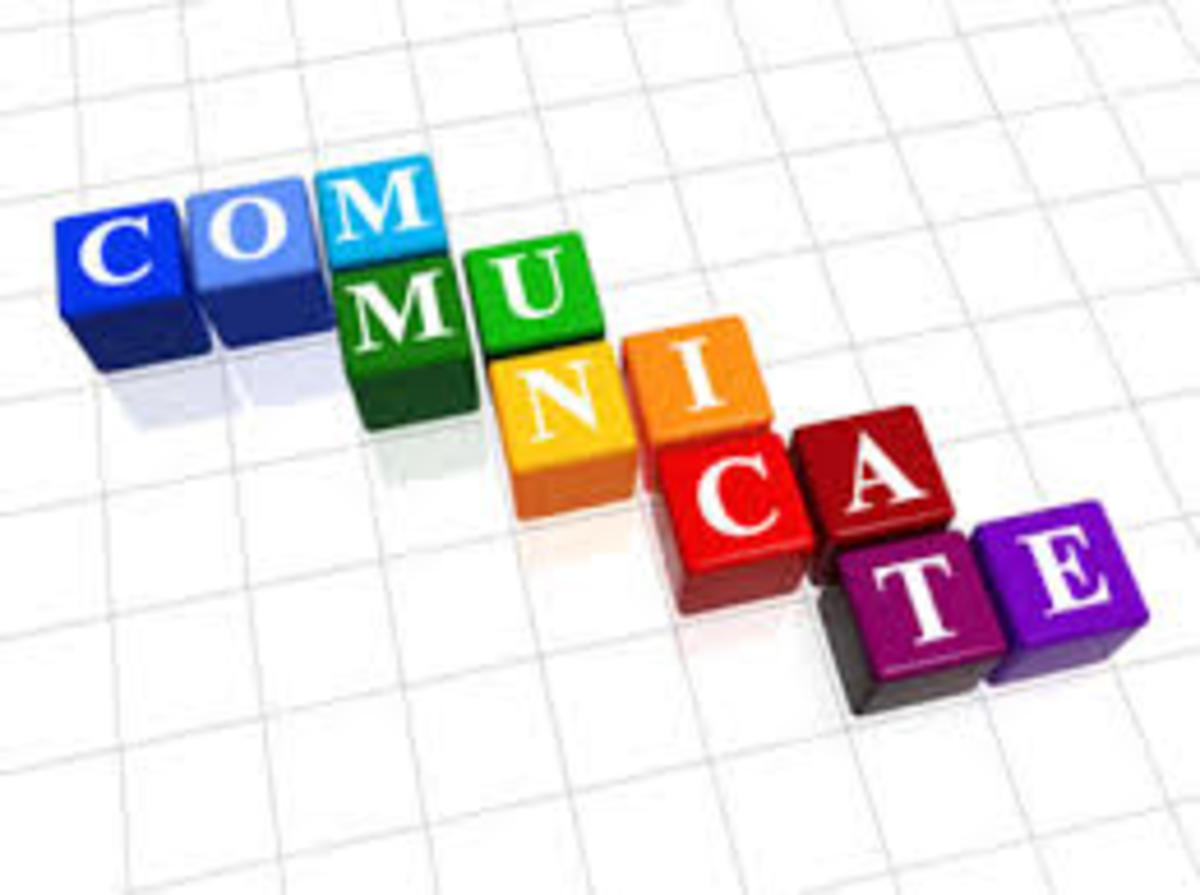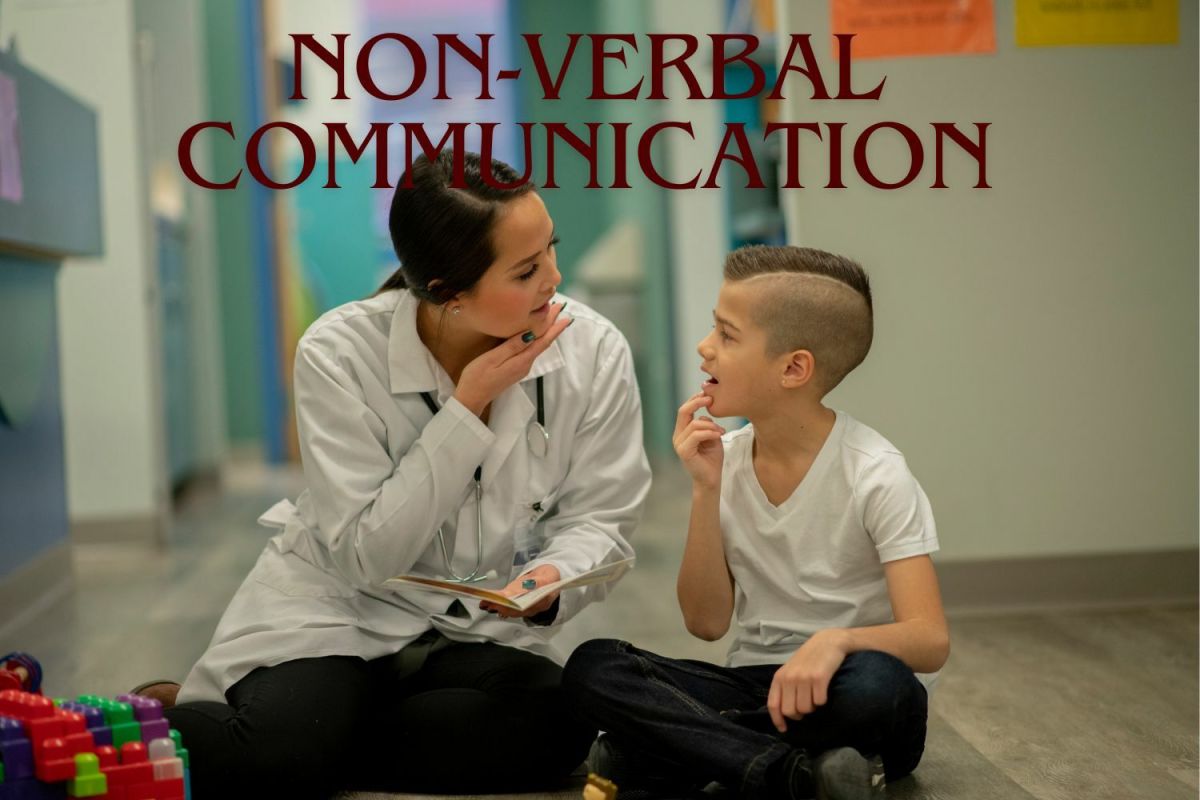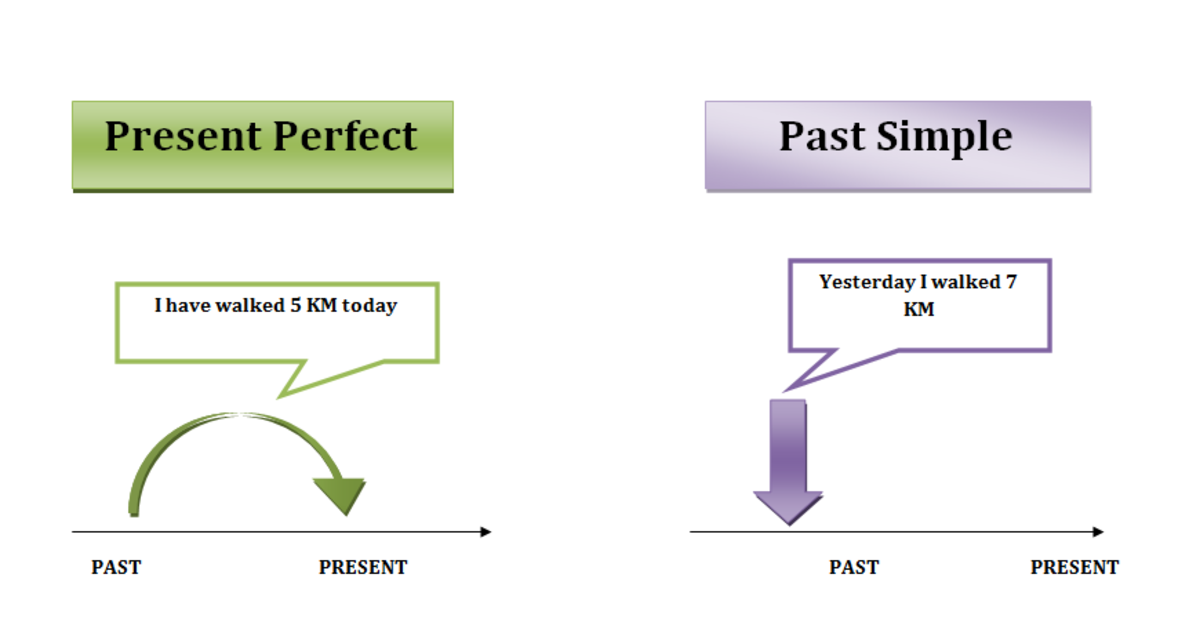What Are Non-Verbal Communications?: How Paying More Attention to Body Language Can Help Improve Relationships
Non-verbal communications
To fellow hubber “eonsaway” who asks: “Are minds/brains capable of transferring thoughts non-verbally?”. . . I dedicate this hub. My answer to his question is in the affirmative based on the following observations.
What instantly comes to mind are non-verbal communications. Based on actual experience and readings, spoken words always convey messages on two levels, verbal and non-verbal, simultaneously. Non-verbal communication here consists of all the messages other than the words used. In verbal communication. These abstract messages are transferred by means of tone of voice, intonation, pauses, noises from the vocal chords, or by body language like gestures, body posture, and facial expressions.
Albert Mehrabian (as supported by other scholars) found that the total impact of the message is 7% verbal (words only), 38% vocal (tone of voice, inflections, and other sounds), and 55% non-verbal.
"Body language is a very powerful tool. We had body language before we had speech, and apparently, 80% of what you understand in a conversation is read through the body, not the words."- Deborah Bull
It's a HUG on Flickr

Kinesics
The scientific interpretation of the body language or movements is called “kinesics.” Perceptive and intuitive persons have the advantage to decode or to read another person’s non-verbal cues and to compare these with non-verbal signals. It Is interesting to note that the appearance of the person, including his or her clothes, hair, jewelry, cosmetics, and body shape is also a part or an area of kinesics. They say that “we are seen first before we are heard.”
Kinesic expressions begin at birth and are important to the development of language or speech. Practically, a newborn baby is entirely dependent upon non-verbal communications to send its message like hunger, wet diaper, or joy. Through time, as the brain and other faculties of the child develop normally, more verbal elements should have already been learned and be used to communicate. Ironically, as the child grows into being a teenager and eventually to adulthood, the communications become less and less clear since the verbal communication alone may not reveal (intentionally or unintentionally) the real messages behind the many words spoken. This is so since an adult has the tendency to be less spontaneous. The saying that “Action speaks louder than words,” becomes a truism in many instances. For this reason, the understanding of non-verbal cues is very important in effective communication.
The proper interpretation of the non-verbal signs is only possible because a special part of our brain handles or takes care of the emotional part of the message. Not only rational intelligence but also emotional intelligence is needed to understand non-verbal component of the message. Non-verbal processing is usually associated with the right hemisphere of the brain while verbal communication is associated with the left hemisphere processing.
Cultural and environmental influences
Non-verbal communication is so expressive that it appeals to the receiver’s emotions and has a persuasive impact. It can complement, stress out, regulate or control others, and can substitute for verbal expression. It can give us a clue about some dangerous situations which will enable us to protect ourselves. Although many non-verbal elements are universal, the impact of non-verbal communication to the total meaning of a talk or speech, for example, can differ culturally. Thus, the psyche or mind is largely affected by cultural and environmental backgrounds in determining the meaning of non-verbal messages.
Communications without words can be perceived by the brain normally through the five senses of sight, hearing, touch, smell and taste. Non-verbal communication related to the sense of sight involves motion, color and shape. Artists are communicating their ideas and feelings through colors and shapes. Sounds are associated with the sense of hearing and smell through the olfactory senses. The sense of touch is a powerful communicator especially through a handshake, hug, a pat at the back or a kiss.
Extra sensory perception (ESP)
The sixth sense or the extra sensory perception provides ability to communicate messages, e.g., transfer of information on thoughts or feelings between individuals without words and while not using the five senses or we call this mental telepathy. It is one of the most common forms of esp and so with hunches or premonitions. It is the mind directly sending and receiving information without the use of the external senses.
Self-communication is also possible through our internal senses. An example is the way sensation of hunger is transmitted to our consciousness by an empty stomach or the urge to look for the comfort room when our bladder is full, etc...
Well, we can go on and on discussing this very interesting topic, yet, there is no end in discovering the wonderful work of the brain and mind as well as the fascinating world of non-verbal communications.
A Power Pose

Our own body language can change our own lives
Nonverbal communications can change not only our relationship with other people but also our relationship with ourselves. Amy Cuddy, the speaker in the video below spoke of power poses vs non-power or defeated poses that can affect the outcome of significant moments in our lives, such as job interviews and interactions with important people once hired. Actual studies have supported such findings, according to her.
Her final mantra which is "to fake it until you become it" is one of the most interesting advice and probably an effective way that anyone can adopt in order to benefit most from paying keen attention to one's body language.
Here's an interesting and informative video on body language.
Even in diplomatic relationship between and among countries, body language can be most useful to forge closer ties, especially among Asian leaders.
- What Wang Yi told Duterte - The Manila Times Online
Ms. Sasot, the author, says "xxx ... our professor taught us to take culture seriously and to not only focus on verbal cues. The non-verbal dimensions of interactions of leaders matters a lot, and sometimes more than what they express verbally."
Conclusion
Hopefully, the above basic information will be of some help to the readers in understanding the reasons why paying attention to non-verbal communication, whether external or internal, is so important. Otherwise, without proper understanding, we may lose the meaning of the messages or even fail to appreciate ourselves, our relationships and the meaning of life itself. Or, we may lose the fun part as well. As Neil Strauss wisely advised "Never ask a woman if you may kiss her. Instead, learn to read body language."
Non verbal communications
- The Art of Flirting - Body Language and NLP.
There is much that we give away in a smile, in the exposing of our palms and in the direction our knees are pointing. To the casual on-looker, a couple sitting at a table, are nothing more than that. To the... - Genius and Non-Verbal Learning Disorder - NVLD
I have worked with youth that have experienced - communication skills- mirroring body language
Mirroring body language is a useful skill to learn use when you want to create rapport with someone. This communication skill is sometimes also called body mirroring. Lets look at where this skill is useful to...
Hand gestures to avoid in various parts of the world.
- Peace Sign With Palm Facing Inward | 10 innocent hand gestures you should never use when travelling
View the picture 'Peace Sign With Palm Facing Inward' from the photo gallery '10 innocent hand gestures you should never use when travelling' on Yahoo News Philippines. Trying to order two beers from the bartender or wish someone peace in the United








